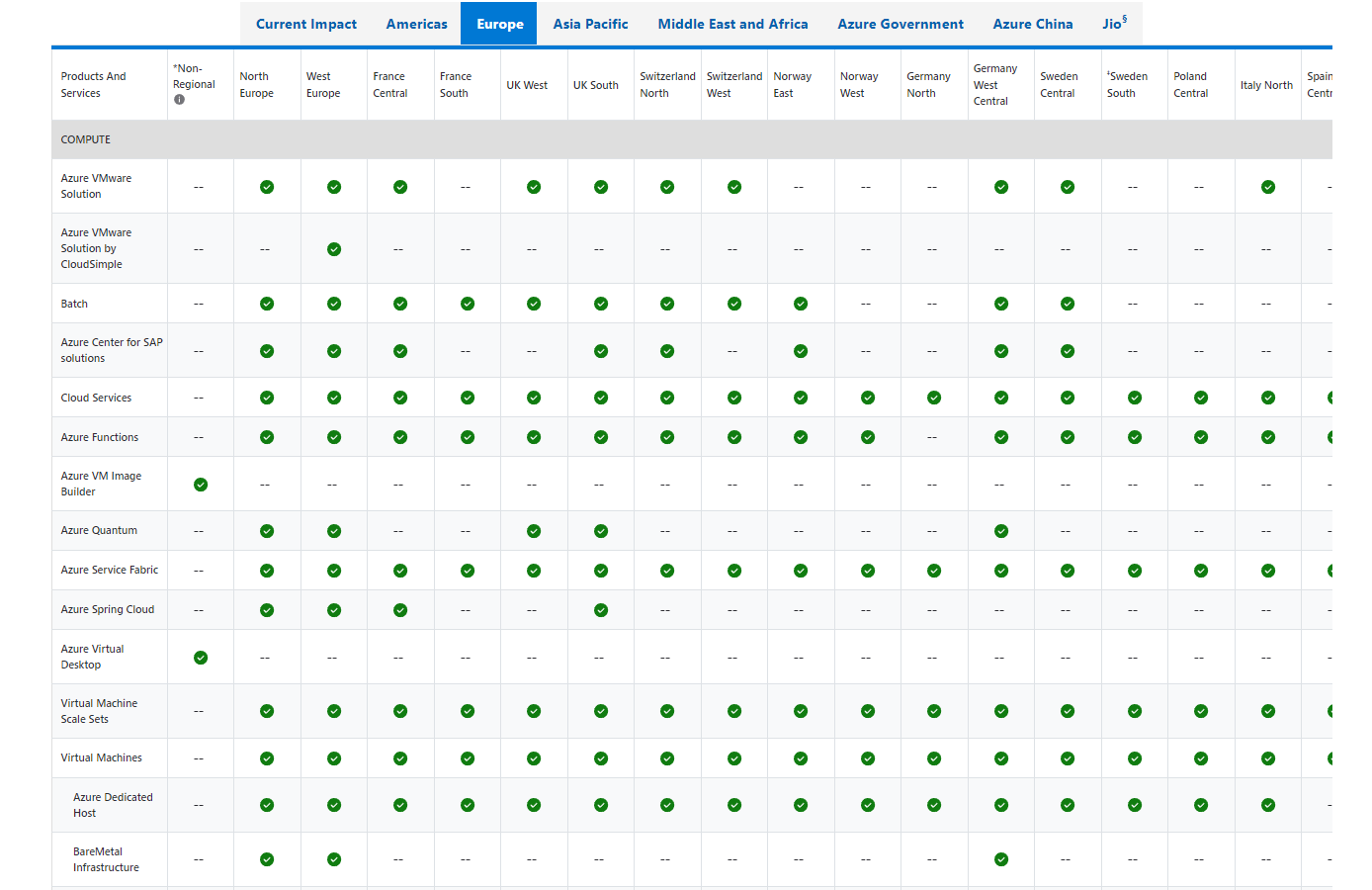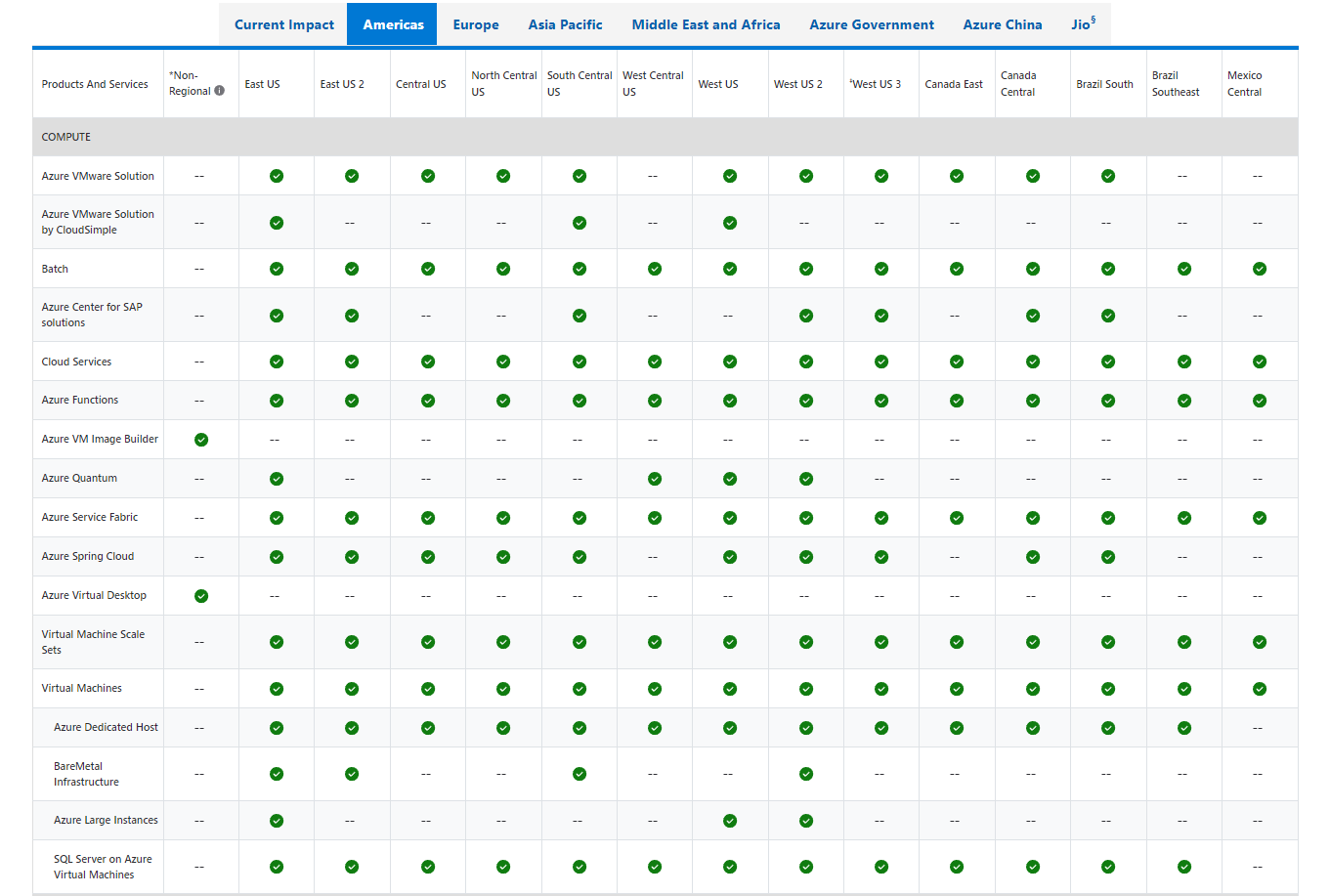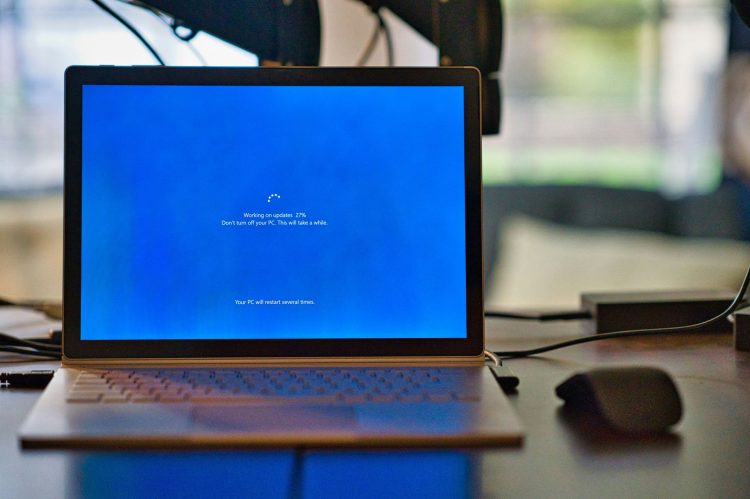Microsoft Azure outages have struck again, leaving users scratching their heads and refreshing their browsers. Or are Microsoft DDoS attacks behind it?
Microsoft Azure outages hit the tech world on July 30 and lasted for about 10 hours. The culprit? A sneaky distributed denial-of-service (DDoS) attack that managed to get past Microsoft’s defenses. This digital duel affected various Microsoft services, including the popular Microsoft 365 products and Azure itself.
We are investigating an issue impacting the Azure portal. More details will be provided as they become available.
— Azure Support (@AzureSupport) July 30, 2024
Microsoft Azure Outages: A cyber showdown
Microsoft Azure outages began at 11:45 a.m. UTC, turning an ordinary Tuesday into a tech nightmare. Users around the world were left without access to key services as the outage affected everything from Azure App Services to Microsoft 365.
But what exactly happened? It seems Microsoft’s DDoS protection suffered a bit of a glitch. Instead of blocking the attack, it accidentally amplified it. A plot twist! Microsoft has been in a lot of trouble lately. After the CrowdStrike incident, Azure also broke out. This time it had to deal with DDoS attacks.

Microsoft DDoS defense: A double-edged sword
The Microsoft DDoS protection system was said to be designed as a digital bouncer that keeps unwanted traffic at bay. During this incident, however, the bouncer appears to have drunk too much virtual coffee and, in his mishap, let the troublemakers in.
When the attack happened, the company’s DDoS defenses kicked in as they should. However, due to a bug in the application, these protective measures made things worse. It’s like trying to put out a fire with gasoline – not exactly the desired outcome.
This unexpected turn of events led to what Microsoft calls an “unexpected usage spike”. As a result, several Azure components started to perform substandardly, causing a domino effect of errors, timeouts, and latency issues.
A Distributed Denial of Service attack is a cyber assault where multiple compromised systems flood a target with a barrage of traffic, overwhelming its resources and rendering it inaccessible to legitimate users. Attackers often use botnets – networks of infected computers – to amplify the attack’s scale and impact. DDoS attacks can disrupt websites, online services, and even entire networks, causing significant downtime and potential financial losses for the targeted organizations.
Following the Microsoft Azure outages, the tech giant is working overtime to mend fences and restore trust. They have promised a detailed post-incident review within 72 hours to shed light on what went wrong and how they plan to prevent similar incidents in the future.

For users still feeling the aftershocks of the outage, Microsoft recommends setting up Azure Service Health alerts. These notifications can keep you informed about future Azure issues, helping you stay ahead of potential problems.
The most difficult part of being a big company is to be in the public eye. Even if you take all security measures, a small mistake or an update that is not done can make things go wrong with a domino effect. While the Microsoft Azure outages have temporarily darkened the tech world, it’s clear that Microsoft is taking steps to brighten things up. As they work to strengthen their defenses against future Microsoft DDoS attacks, users can only hope for clear skies in the next cloud forecast.
Featured image credit: Clint Patterson / Unsplash





